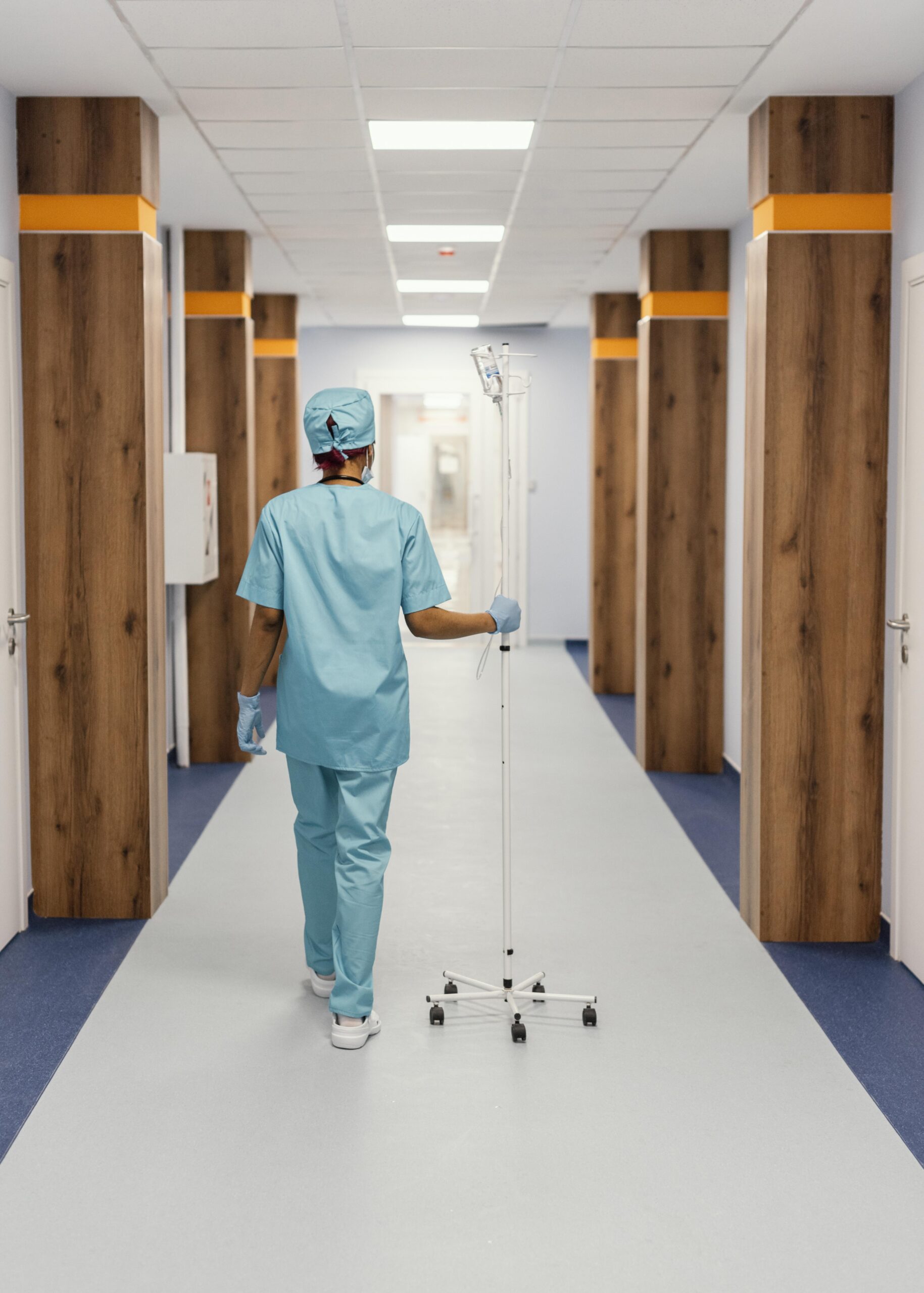Stories of Mobile Hospitals That Save Lives
These are mobile units equipped with basic facilities and tools to carry out medical tasks. Their use has a major impact on healthcare, bringing services to isolated or conflict-affected areas.

In remote communities, where roads are dirt tracks and access to medical centers is nearly a privilege, mobile hospitals have become life-saving entities. Their presence represents more than just transportation providing health services—it is a symbol of hope, dignity, and medical care in territories long neglected by traditional healthcare systems.
From the jungles of the Amazon to rural areas of Africa or the mountainous regions of Asia, these mobile entities deliver primary care such as vaccinations, minor surgeries, and chronic disease management to populations that would otherwise face the impossible choice between life and an arduous, often unreachable journey.
A Solution for Those Who Cannot Wait
Mobile hospitals emerged as an urgent and immediate response to the lack of medical infrastructure in marginalized regions in desperate need of assistance. Built with basic medical technology and staffed with healthcare professionals, these hospitals are vehicles adapted into doctors’ offices, operating rooms, or diagnostic units.
In Guatemala, the Ruta de la Salud Foundation operates mobile units in Indigenous villages of the highlands. In Peru, the Itinerant Social Action Platforms (PIAS) navigate the Amazon’s rivers, bringing doctors, dentists, vaccinators, and health promoters. In Ethiopia, trucks equipped with ultrasound machines and pharmacies help detect high-risk pregnancies and prevent maternal deaths.
The results can be seen in the numbers: reduced infant mortality, increased vaccination coverage, early disease detection, and improved health awareness in historically excluded communities.
One of the most significant advances has been the recent integration of telemedicine into these units. Through satellite systems and digital connections, mobile hospitals can consult specialists located hundreds of kilometers away.
This progress enables more accurate diagnoses, better-informed clinical decisions, and faster responses. Additionally, data collected in the field is stored digitally, allowing patient follow-up, the identification of disease patterns, and the design of prevention campaigns tailored to the local context.
Beyond Medicine: Building Trust and Community
But mobile hospitals are not only about medicine. For many patients, simply being heard and treated with respect holds immense value. For a significant number of people, never having spoken to a healthcare professional is a harsh reality—one that reveals the depth of the health crisis.
Trust between the community and medical personnel is essential for effective work in the field. In some regions, mobile hospitals also pave the way for training community health workers, empowering local leaders with skills in first aid, hygiene, early detection of warning signs, and self-care promotion.
Despite their importance, mobile hospitals face major logistical and financial challenges. Maintaining the units, hiring qualified staff, and ensuring a steady supply of medicines require stable resources and inter-institutional coordination, which are often lacking.
Climate change is another determining factor, as droughts, floods, and landslides affect access routes, limiting the territorial reach of these clinics.
A Flexible Model with Global Impact
Even so, mobile hospitals have proven to be an effective and flexible model that should be replicated in many parts of the world lacking healthcare infrastructure. Some governments, such as Brazil’s, have integrated these programs into public policy, while international organizations like Doctors Without Borders and the Red Cross consider them essential in their humanitarian responses.
During periods of war, forced migration, or pandemics, mobile units provide rapid response and adaptability to shifting scenarios. During COVID-19, for instance, they became testing centers, vaccination hubs, and distribution points for medical supplies, offering critical support in a global emergency.
But mobile hospitals are not just an emergency solution; they are part of a broader strategy to guarantee the right to health. Their community-centered vision, adaptability, and direct impact on the lives of vulnerable populations make them a vital tool in closing structural gaps.
Following an analysis, the World Health Organization has indicated that medical coverage through this type of care improves vaccination statistics in rural communities by 25% to 50%—a highly significant impact for these populations.


